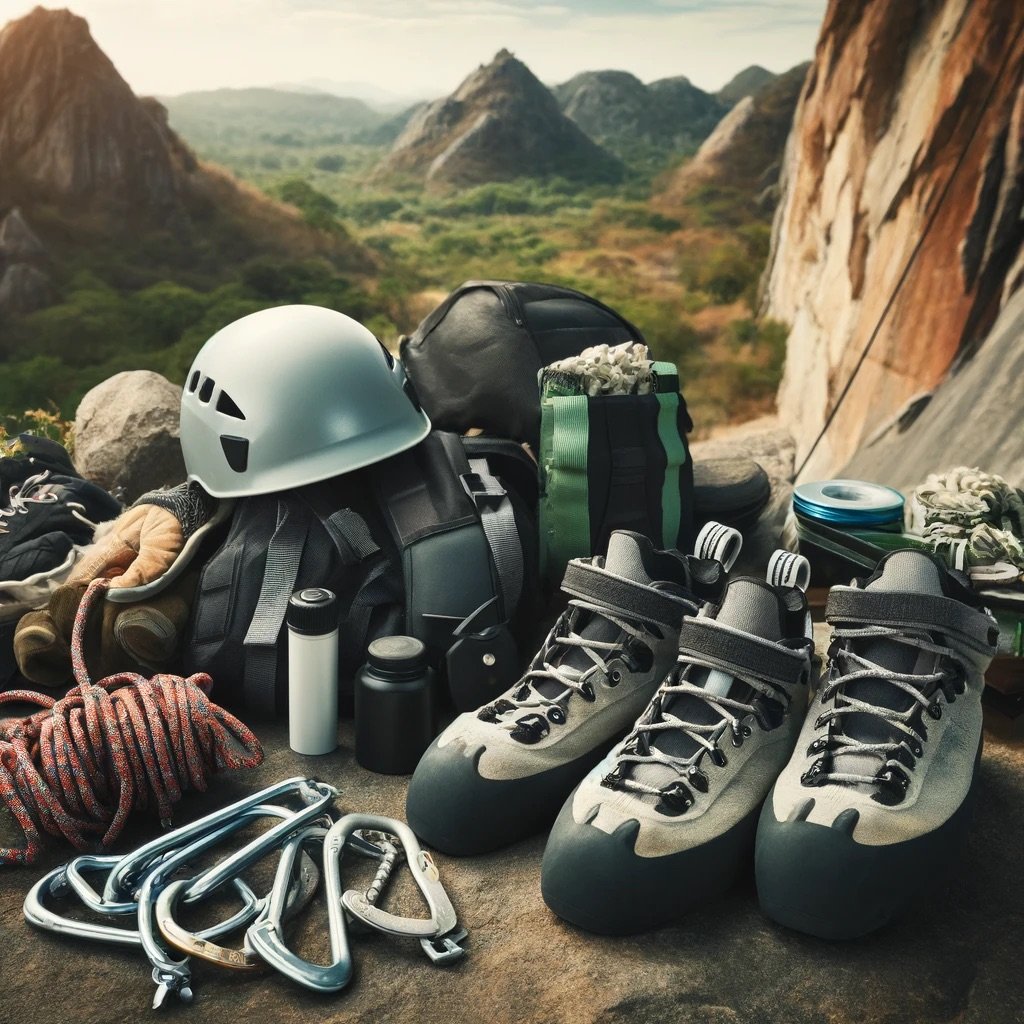Types of Rock Climbing
Rock climbing is a diverse sport with various styles, each offering unique challenges and experiences. Understanding the different types of rock climbing helps climbers choose the style that best suits their preferences and skill levels.
1. Bouldering
- No Ropes: Bouldering involves climbing short, challenging routes called “problems” without ropes. Climbers use bouldering pads for safety.
- Focus on Technique: Bouldering emphasizes strength, technique, and problem-solving skills. Climbers often work on specific moves and sequences.
- Accessibility: Bouldering can be done indoors on artificial walls or outdoors on natural boulders, making it accessible and popular among climbers.
2. Sport Climbing
- Fixed Anchors: Sport climbing involves climbing routes with pre-placed anchors for protection. Climbers clip their ropes into these anchors as they ascend.
- Endurance and Technique: This style requires a combination of endurance, strength, and technical skills. Climbers often follow routes with predetermined sequences.
- Varied Terrains: Sport climbing can be done on various terrains, including indoor climbing gyms and outdoor crags.
3. Traditional (Trad) Climbing
- Placing Protection: Trad climbing involves placing removable protection (cams, nuts) into the rock as climbers ascend. The protection is removed after the climb.
- Route Finding: Trad climbing requires route-finding skills, as climbers must choose their path and place protection strategically.
- Adventure and Exploration: This style is often associated with adventurous climbs in natural settings, offering a deep connection with the environment.
Conclusion
Understanding the different types of rock climbing—bouldering, sport climbing, and traditional climbing—helps climbers choose the style that best fits their interests and abilities. Each type offers unique challenges and rewards, making rock climbing a versatile and engaging sport. Embrace the diversity of rock climbing styles for a fulfilling and exciting climbing experience.










